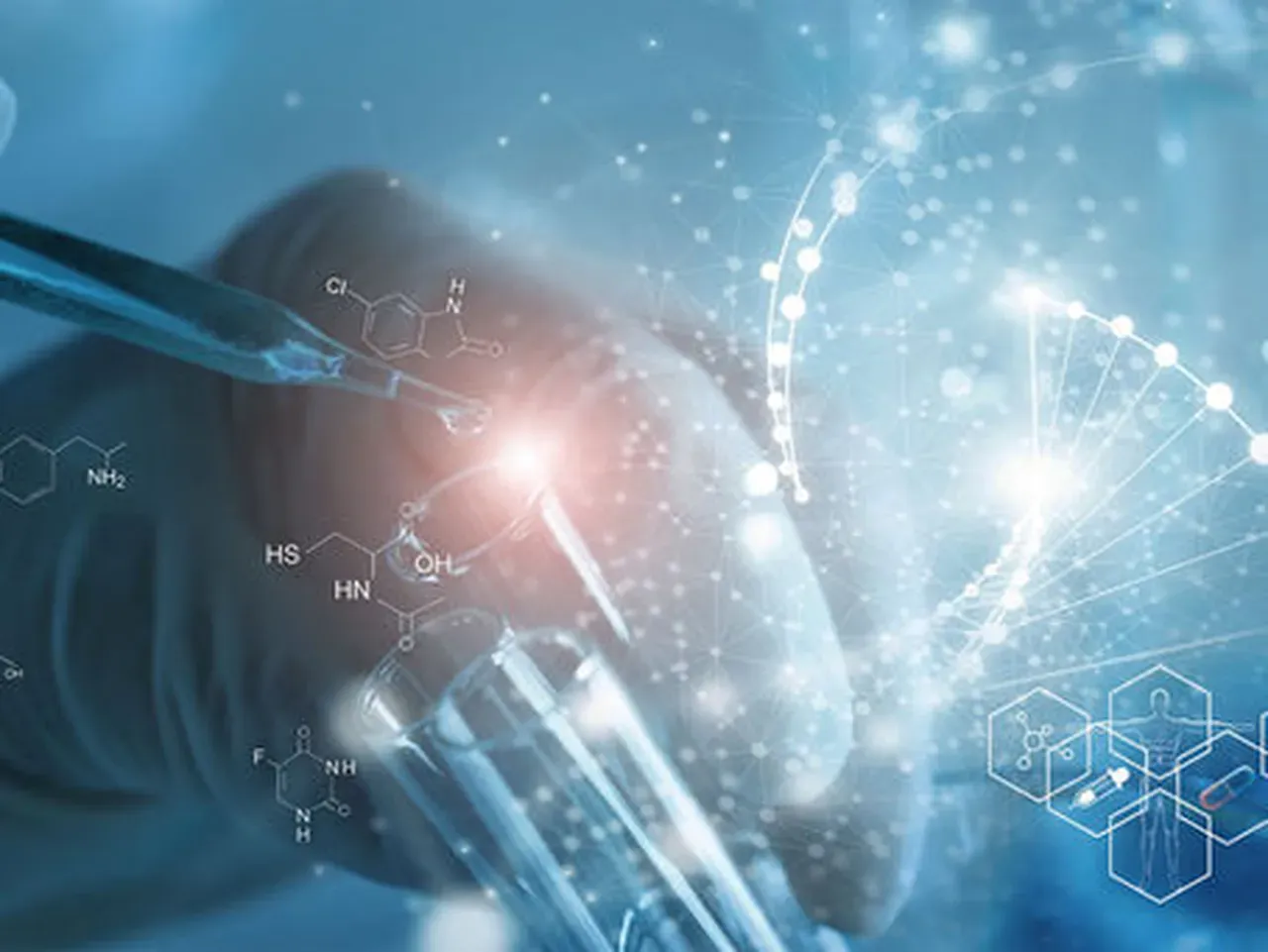![]()
Unlocking the Power of Regenerative Medicine
October 29, 2023

As a sports medicine physician who specializes in regenerative medicine, I often get asked, “What is regenerative medicine?” In this blog post, we will embark on a journey to uncover the fascinating world of regenerative medicine, and I’ll shed light on key topics such as Platelet-Rich Plasma (PRP), Prolotherapy, Bone Marrow Stem Cells (BMA), Fat-Derived Stem Cells (MFAT), and Shock Wave Therapy (ESWT). While this first entry will be an overview, we will dive deeper into these topics in future posts.
What is Regenerative Medicine, anyway?
Regenerative medicine is a revolutionary medical field that focuses on harnessing the body’s natural healing abilities to repair and restore damaged tissues. These treatments are use in conjunction with other conservative measures, and can some times allow the patient to skip surgical procedures. As a regenerative medicine specialist, I’ve witnessed the remarkable potential in helping athletes and other active people recover from injuries.
1. Prolotherapy
Prolotherapy is a non-surgical treatment that I often recommend to athletes with chronic musculoskeletal pain. This was one of the original forms of regenerative medicine, and the basis for many other treatments today. It involves injecting a natural irritant solution, sometimes combined with vitamins, nutraceuticals and/or ozone gas into damaged ligaments or tendons, stimulating the body’s healing response.
2. Platelet-Rich Plasma (PRP)
If prolotherapy was regenerative medicine 1.0, PRP therapy could be considered version 2.0. PRP therapy is a cutting-edge technique that involves drawing a small amount of the patient’s blood, concentrating the platelets, and then injecting this enriched solution into the injured area. PRP is a game-changer for sports injuries, accelerating healing and reducing downtime.
3. Bone Marrow Stem Cells
Building on what we knew, the treatments advanced to more advanced treatments. Bone marrow-derived stem cell therapy is a regenerative approach that holds immense promise. It utilizes the patient’s own stem cells that can replicate, differentiate, and communicate with the local cells to repair damaged tissues, making it a valuable tool in the sports medicine field.
4. Fat-Derived Stem Cells
Adipose-derived stem cell therapy is somewhat newer than Bone marrow, using fat tissue as a source of stem cells. It has more recently gained popularity in regenerative medicine. These versatile stem cells can be employed to facilitate tissue repair and regeneration.
5. Shock Wave Therapy
Shock wave therapy is a newer non-invasive method I’ve used to treat conditions like tendonitis and plantar fasciitis. It employs sound waves to stimulate healing, break down scar tissue, decrease inflammation, and reduce pain in sports-related injuries.
In conclusion, regenerative medicine is at the forefront of sports medicine, offering novel solutions for injury recovery and tissue regeneration. As a sports medicine specialist, I’m thrilled to be part of this innovative field, witnessing the positive impact it has on athletes’ lives.
